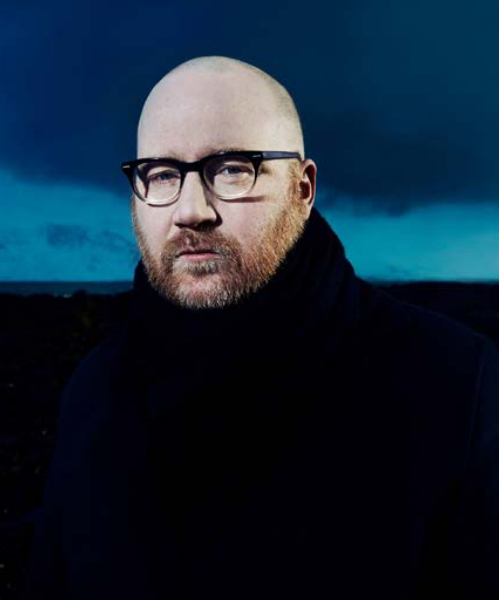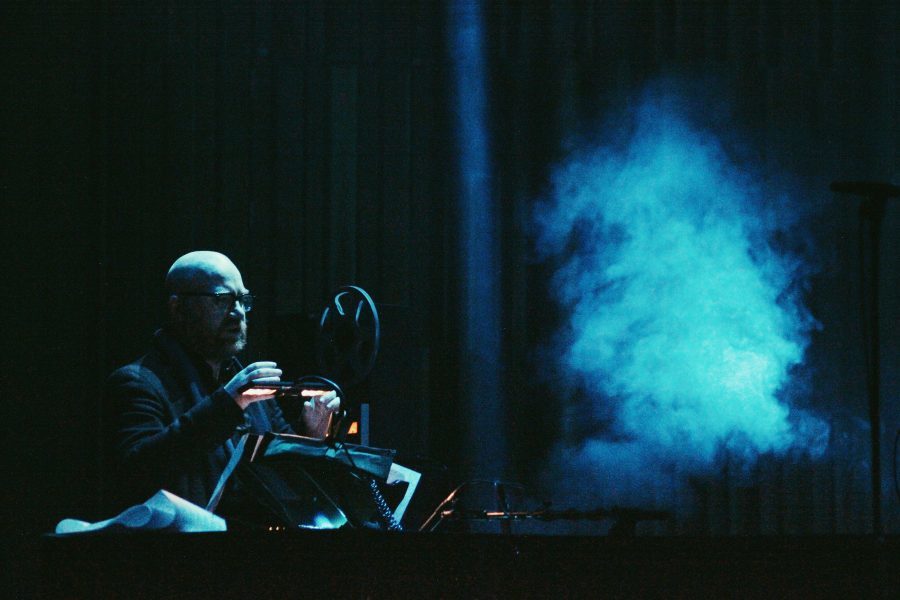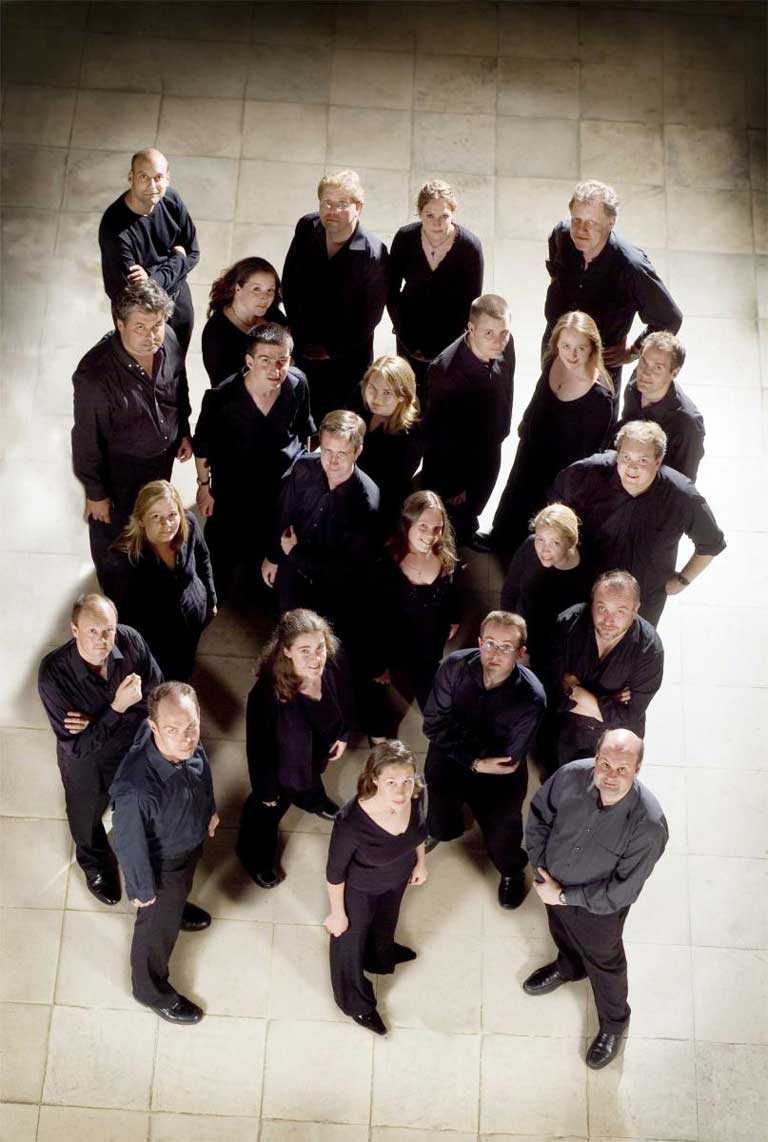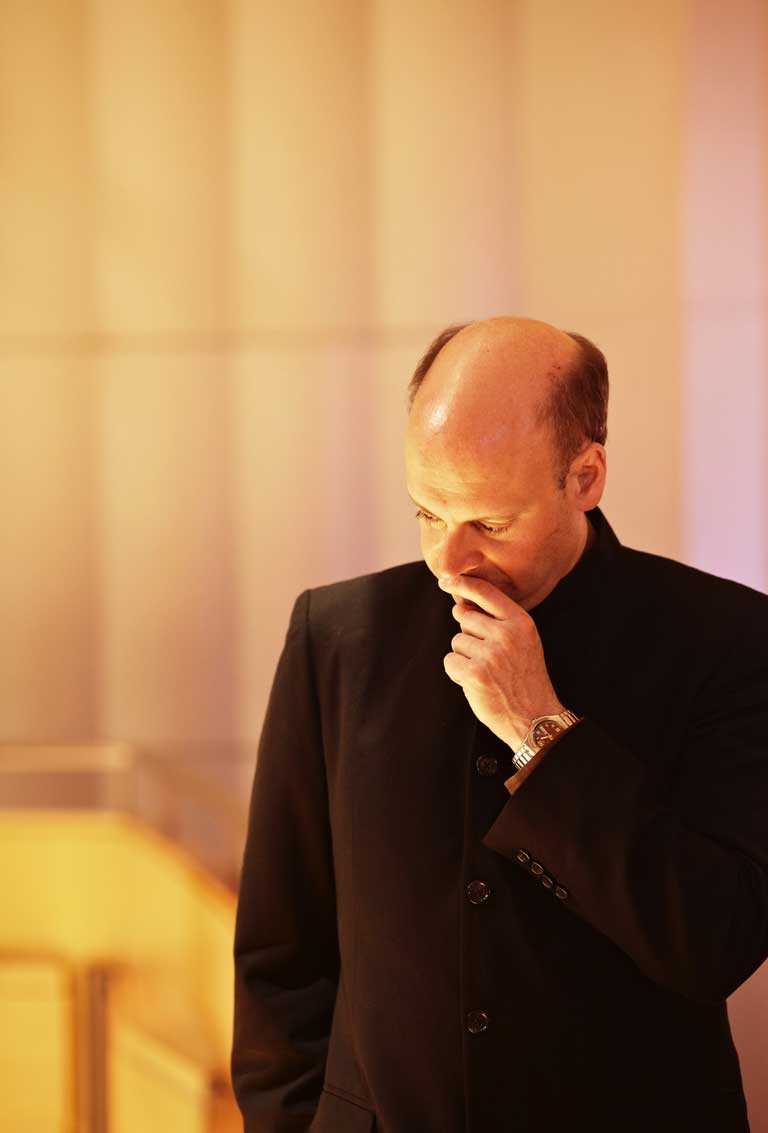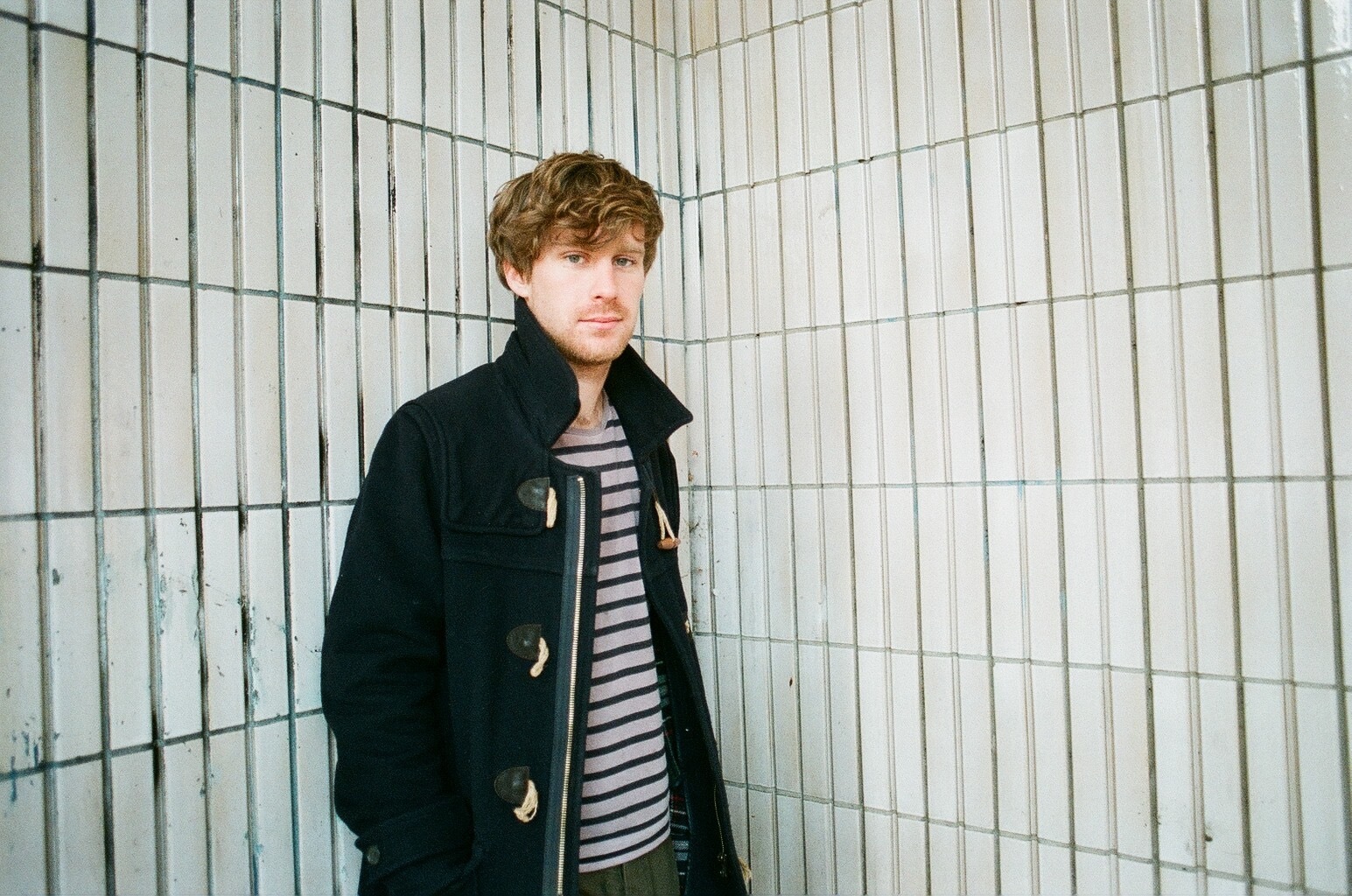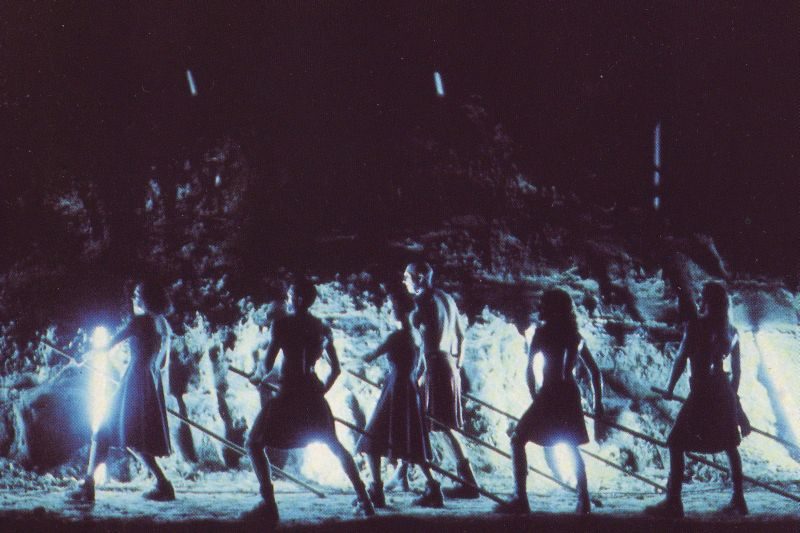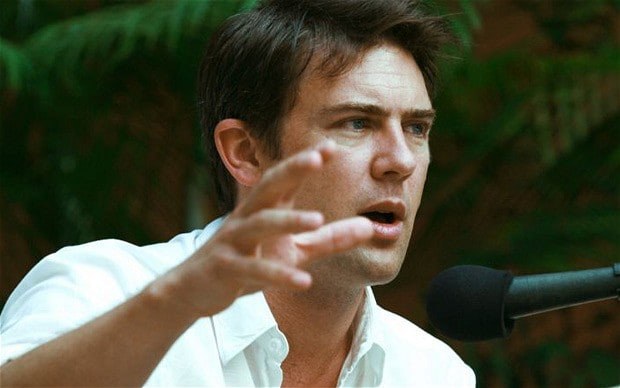NOW THE STORY
This short film, Manchild, underpins the performance. it documents the process of Swansea artist Rose Davies sketching her muse Captain David Williams. David is a Swansea-born serving soldier in the 2nd Battalion Rifle Division and will be playing the role of the contemporary soldier in the production.
Rose describes herself as a ‘leftie feminist, pacifist’ but has established a special bond with David after a decade of making life studies of him through etching, monotype, dry point, woodcut, charcoal, pastel, oil paint, mixed media, graphite, sketchbooks and pencil. Rose has seen David grow and change through his experiences of active service. She has recorded the results in an extraordinary collection of monoprint portraits entitled The Warrior Series.
The film captures and explores their special relationship that develops between the pacifist artist and military muse as they share and discuss their respective world view during the sitting process.
Manchild is made by relative newcomer George Morris, who won Best Student Film title at the 2016 Imperial War Museum Short Film festival for Memories of War. This film depicts an ex-soldier’s experience on the front line, inspired by poetry from Edward Poynter, who served as an infantry officer in the British Army and fought in Iraq and Afghanistan.
Rose Davies
‘Graduating from Art College at the end of the 70s, I survived punk, post-modernism and the rise of Thatcherism with my belief in traditional art values and particularly drawingintact. Majoring in printmaking, I continued to draw after leaving college but, like many other struggling young artists at that time, I developed a secondary career, spending years working with severely damaged and excluded people, which has influenced me deeply. Exposed to Frank Brangwyn’s panels at an early age (interminable school speech days), I have always loved working with models and started to draw Dave about 10 years ago when he was a student in the Territorial Army. I carried on working with him after he became a career soldier. I have developed a large body of work based on the concept of The Warrior originating with my life drawings of Dave, and as I have watched him develop from a young lad into a fully-fledged warrior, this process has challenged my personal, political and artistic preconceptions.’
Captain David Williams
‘I first started life modelling in mid-2007 for a group of local artists. I was studying in Swansea University at the time and had just joined the Territorial Army (now called The Reserves). I've always appreciated art but haven't been that good at it so being able to contribute to the art community in this direct way has been very fulfilling. Rosie was a regular at the art group and I was always impressed by her work, from near photo-realistic pencil pieces to very impressionistic chalk and pastels. Around my increasing military duties, including an Afghan tour in 2010 and joining the Regulars in 2013, Rosie has hired me to pose for various projects which have been hard work but very rewarding, and always accompanied with good quality conversation and home baking! As such we've ended up with a unique body of work showing snapshots of an individual going through 10 years of military service, from Sapper to Officer, as well as Reserve to Regular, which I feel has significant value.’
George Morris
‘As the filmmaker, I found myself captivated by the strange relationship between the two seemingly opposing personalities until I realised both Rose and Dave share the same inner battles of identity and opinion. Watching how the work with Dave has developed over the last 10 years has created a timeline of both Rosie's stance on War, Men and Politics while seeing Dave change from Boy to Warrior to Hero. I feel particularly attached to the subject as I found myself poised on the dotted line in an Army careers office at the age of 18, I have shared a similar road to Rose and Dave on their battle to work out who they are and what life's all about.
Brangwyn Panels
The British Empire Panels
The British Empire Panels are important examples of the work of Sir Frank Brangwyn RA (1867–1956). The Brangwyn Hall itself where the core of project takes place is renowned as a major concert venue, while the paintings have an intriguing history.
During the First World War Brangwyn produced more than 80 propaganda poster designs (though he was not an official war artist), and his grim poster of a Tommy bayoneting an enemy soldier (“Put Strength in the Final Blow: Buy War Bonds”) caused deep offence in both Britain and Germany. The Kaiser himself is said to have put a price on Brangwyn’s head after seeing the image.
In 1924, the House of Lords decided to commemorate the First World War by commissioning new artwork for the Royal Gallery of the Palace of Westminster inLondon, and Brangwyn was chosen. His intention was to enliven the space with ‘decorative painting representing various Dominions and parts of the British Empire’. Sixteen large works that cover 280 square metres were produced, but the House of Lords rejected them as ‘too colourful and lively’ for the location, adding that ‘they portrayed the natives in a too dignified manner’. Public controversy ensued; the scheme was deemed inappropriate and was declined.
Respecting Brangwyn’s reputation and his paternal Welsh connections, the city of Swansea expressed interest in housing the panels in the new Guildhall. The Brangwyn Hall was inaugurated along with the Guildhall in October 1934.
As part of the research and development for Nawr Yr Arwr \ Now The Hero an article was commissioned from Brangwyn expert, Enora Pocreau. She explores how Brangwyn’s idyllic fantastical landscape actually conceals a historical tragedy and to what extent the panels are a WWI memorial of great significance.
MUSIC
Now The Hero / Nawr Yr Arwr extends Marc Rees’ creative exploration and practice in site-responsive theatre by placing a musical element as the project’s core. It will take the form of an immersive requiem realised from an original collaboration by Jóhann Jóhannsson and Owen Morgan Roberts, composed by Owen Morgan Roberts.
Rees first heard Jóhann’ music in 2006 at Galeri, Caernarfon where he collaborated with dancer Erna Ómarsdóttir in a piece called ‘IBM 1401 - a users’ manual’. Rees was completely absorbed by the score’s visceral quality and has wanted to collaborate with Johannsson ever since. Johann’s career went from strength to strength and he was in huge demand but Rees finally managed to lure him back to Wales with the intrigue of creating an Immersive Requiem. This was a format that neither of them had worked on before, and presented an opportunity to create something definitive.
Jóhann loved the power of the project and because of his incredibly busy schedule brought in his regular collaborator, Owen Morgan Roberts, to co-create the composition. Together they visited Rees in Swansea and made test recordings at the Brangwyn Hall, which Johann described as being ‘able to dive into the belly of that beautiful beast of an organ’.
In light of the deeply saddening news of Jóhann’ untimely passing, it is fitting that Owen Roberts will now compose the final work as a completion of their last creative collaborative conversation
We are very grateful to the Colwinston Charitable Trust for their continued support in funding this special work.
‘But if we can get anything from (Johannsson’s) work, it’s that loss can be beautiful, and that in appreciating that, we can preserve something terrifyingly fragile but intensely human, and very, very important’.
Joe Muggs (The Guardian)
NOW THE
PERFORMANCE
Nawr Yr Arwr/Now The Hero is a multi-artform, site-specific project created by Swansea born interdisciplinary artist Marc Rees for 14-18-NOW. This bold and exciting commemoration of WWI will take place in and around the Brangwyn Hall, Swansea during Harvest, September 2018.
Read more